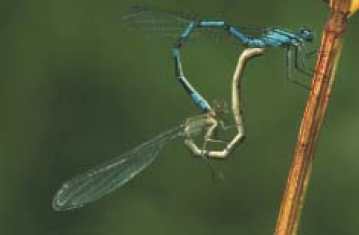|
RIVER LOCH AND WETLAND Wetlands Habitats and species Pockets of open water, reedbed and fen such as at Loch Lieurary near Westfield, or Loch of Durran near Castletown can be found within hollows of the rolling farm and croft land. The mosaic of arable land, fen and damp grassland is important for lowland breeding waders such as lapwing, curlew, snipe, redshank, greenshank and oystercatcher. A diverse and colourful range of aquatic plants is found in these open water and wetland habitats. The wetlands are carpeted with an array of flowers including marsh marigold, ragged robin, northern marsh orchid and water avens.
Three nationally scarce pondweeds and one scarce water lily occur in wetlands in Caithness. Four lochs have around their margins the nationally rare narrow small reed and one loch has the only known population in the world of the Scottish small reed. Main issues
Current biodiversity projects Some farmers are managing wetlands under agri-environmental schemes such as the Countryside Premium Scheme or its replacement, the Rural Stewardship Scheme. However, the reason why Caithness is such an important site for breeding waders is because of the way these wet pockets have been managed, and agri-environment schemes do not recognise or reward farmers for existing good management. Furthermore, national schemes are not always relevant to northern Scotland due to climatic differences. Scottish Natural Heritage, the Royal Society for the Protection of Birds and other organisations fund breeding bird surveys and ongoing monitoring work on protected sites. |
|


